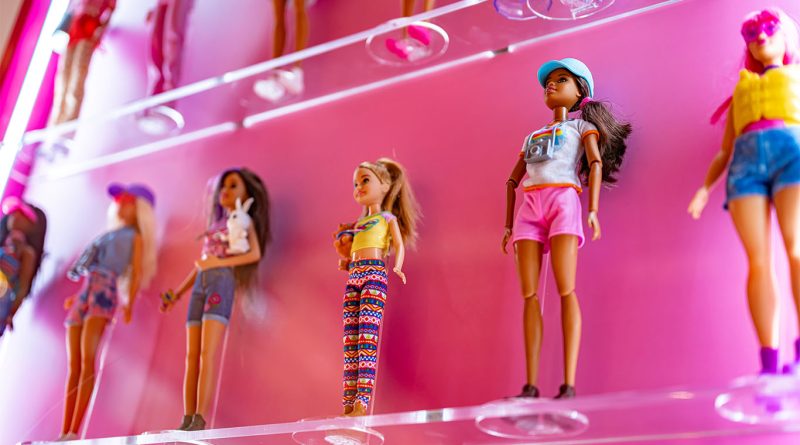Barbie makes history with first doll representing type 1 diabetes
Subscribe to our free newsletter today to keep up to date with the latest retail merchandiser industry news.
In a landmark move toward inclusive play, Mattel has launched its first-ever Barbie doll representing a child living with Type 1 diabetes. This addition to the Barbie Fashionistas line is more than a toy. It is a reflection of real-world medical conditions and the children who live with them.
The doll features a wearable insulin pump and continuous glucose monitor, known as a CGM. These tools are designed to resemble those used daily by people with diabetes. The development team partnered with Breakthrough T1D, a leading diabetes advocacy organization, to ensure that the doll is both medically accurate and emotionally meaningful.
Building representation into the mainstream
Krista Berger, Senior Vice President of Barbie and Global Head of Dolls at Mattel, emphasized the role Barbie plays in shaping children’s perceptions of the world. This latest release underscores Mattel’s commitment to making the doll line a mirror to society. According to Berger, when children see themselves in their toys, they are more likely to feel accepted, valued and confident.
The new doll comes dressed in a blue polka dot outfit, a subtle nod to the international color for diabetes awareness. Accessories include a CGM on the upper arm, an insulin pump worn around the waist, and a smartphone that displays a glucose monitoring app. A small pouch for snacks is also included, helping reflect the daily practicalities of managing blood sugar levels.
Karen Addington, Chief Executive of Breakthrough T1D UK, noted the importance of the release. She said that for many children growing up with the condition, having a Barbie that shares their experience is both validating and empowering.
A cultural shift in toys and health education
This launch is part of a broader effort across the toy industry to normalize physical and medical differences. Mattel has introduced dolls with hearing aids, prosthetic limbs and vitiligo. Other brands are following suit. Lottie Dolls includes figures with autism narratives and cochlear implants, while LEGO has added characters using mobility aids.
What makes the Barbie initiative distinct is the brand’s global reach. By placing a diabetes-related doll into its mainstream Fashionistas collection rather than as a specialty product, Mattel is ensuring wide accessibility. The decision not to marginalize the doll is key to normalizing the condition for both children living with it and their peers.
Empowerment through play and storytelling
Children often learn by acting out real-life scenarios during play. Having toys that reflect a full range of human experiences can foster empathy, curiosity and confidence. By incorporating a doll with diabetes into everyday play, Mattel invites conversation, education and emotional connection.
The availability of this doll in standard toy aisles, rather than in medical or niche sections, reinforces the idea that children with chronic conditions are not defined by them. They are not other. They are simply children, and their stories deserve to be part of the narrative too.
As Mattel continues to diversify its offerings, this new Barbie stands as a reminder of the potential toys have to shape culture. With its blend of realism and representation, this doll is helping rewrite what childhood play can look like for everyone.
Sources:
